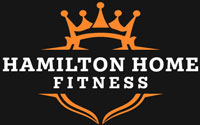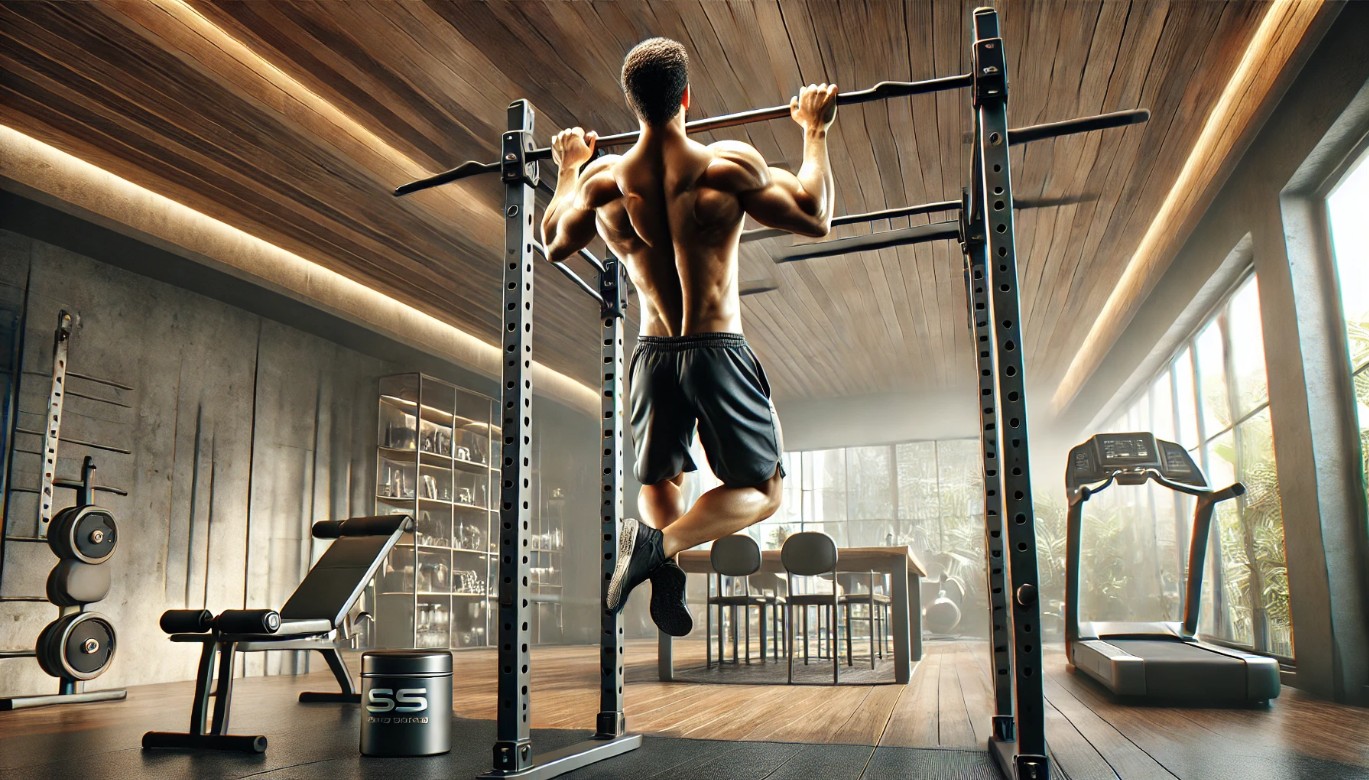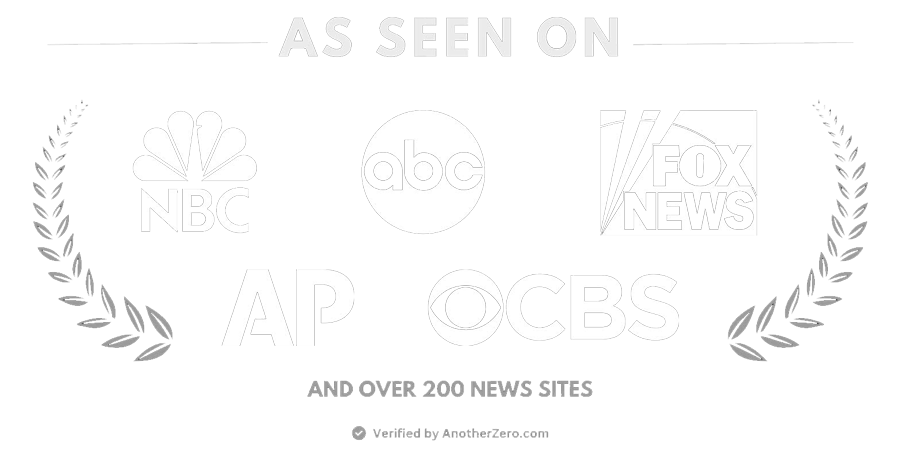Pull-ups are one of the most effective exercises for building upper body strength. Whether aiming for a more toned physique or improving your athletic performance, mastering the pull-up can elevate your fitness journey. Yet, many individuals struggle with this challenging exercise, often getting discouraged early on. You're not alone if you've ever found yourself stuck at just one or two pull-ups.
Did you know the average person struggles to perform more than five pull-ups? Studies have shown that it's not just about muscle strength; proper technique, consistency, and strategies are crucial for improving your pull-up performance.
In this ultimate guide on improving your pull-ups, we'll cover everything you need to know to progress safely and effectively. From mastering the basics of technique to building strength, we'll provide you with actionable steps to help you enhance your pull-up ability, regardless of your current fitness level.
So, how do you get better at pull-ups? Let's dive in!
1. Understanding the Pull-Up: The Fundamentals
Before you even attempt to improve your pull-up, it's essential to understand the mechanics behind the movement. Pull-ups primarily target the latissimus dorsi (lats), biceps, and upper back, but they also engage your core, shoulders, and forearms. This exercise offers a total upper-body workout, making it a go-to move for strength training.
To perform a pull-up correctly:
- Start Position: Grab the pull-up bar with both hands at shoulder width (or wider). If you're doing a traditional pull-up (pronated grip), your palms should face away from you.
- Engage Core and Shoulders: Activate your core and slightly retract your shoulder blades to avoid excessive strain on your shoulder joints.
- Pull-up: Pull your body upwards toward the bar, leading with your chest while keeping your elbows close to your body. Aim to raise your chin above the bar.
- Controlled Descent: Lower your body slowly, extending your arms to complete one rep.
This form may seem simple, but achieving flawless execution can take time and practice.
2. Building Strength for Pull-Ups: Targeted Training
One of the key reasons why many people struggle with pull-ups is a lack of upper body strength, especially in the back, arms, and core. To improve your pull-up game, you must focus on exercises that strengthen the muscles used during the movement. Here are some essential exercises to incorporate into your training routine:
- Lat Pulldowns: This exercise mimics the movement of a pull-up and is great for building lat strength. Start with a moderate weight and gradually increase it as you progress.
- Assisted Pull-Ups: Use resistance bands or a pull-up assist machine to reduce the amount of body weight you're lifting. This will allow you to practice the motion and build strength over time.
- Negative Pull-Ups: Start at the top of a pull-up position with your chin above the bar. Slowly lower your body down, focusing on controlling the descent. Negative pull-ups are incredibly effective for building strength and improving your endurance.
- Bicep Curls and Rows: While these exercises individually target the arms and back, they help develop the strength needed for pulling movements like pull-ups.
- Planks and Core Workouts: A strong core is essential for maintaining stability during pull-ups. Incorporate planks, leg raises, and other core exercises into your routine.
By incorporating these exercises into your training regimen, you can build the strength necessary to perform pull-ups more efficiently.
3. Perfecting Pull-Up Technique: Tips for Better Form
Mastering technique is just as important as building strength. Without proper form, even the strongest individuals will struggle to perform pull-ups. Here are a few tips to improve your pull-up technique:
- Mind Your Grip: A solid grip can make a huge difference. Ensure your hands are fully wrapped around the bar, with your thumbs securely gripping it. This gives you better control and reduces the risk of slipping.
- Engage Your Lats: Many beginners focus on pulling with their arms, but your lats are the main muscles that should do the work. To activate your lats, think of pulling your elbows toward your torso instead of your hands toward the bar.
- Full Range of Motion: Always aim to go through the full range of motion, from a complete hang at the bottom to getting your chin over the bar. This ensures maximum muscle activation.
- Avoid Swinging: Avoid using momentum by swinging your legs or body. This not only reduces the effectiveness of the exercise but can also lead to injury. Focus on controlled, deliberate movements.
4. Progressing with Pull-Ups: Tracking and Increasing Your Reps
To get better at pull-ups, consistency is key. You won't see results overnight, but with the right progression, you can steadily improve. Here's how you can track and increase your pull-up reps over time:
- Track Your Progress: Keep a log of your pull-up performance. Note how many reps you can do in each set, and aim to gradually increase the number of reps or sets over time.
- Set Realistic Goals: Start with a baseline of how many pull-ups you can perform. Set small, achievable goals (e.g., adding one more weekly pull-up). This keeps you motivated and on track.
- Increase Volume and Frequency: Gradually increase the number of pull-up sets in your workout routine, or perform pull-ups more frequently throughout the week. This will enhance endurance and promote faster improvements.
5. Avoiding Common Mistakes in Pull-Up Training
While training for pull-ups, it's important to be aware of common mistakes that could hinder your progress:
- Overtraining: Pull-ups are intense, so giving your muscles enough recovery time is important. Overtraining can lead to injury or burnout. Make sure to incorporate rest days into your schedule.
- Neglecting Other Muscle Groups: Pull-ups target specific muscles, but neglecting areas like your shoulders or chest can lead to muscle imbalances. Include a well-rounded strength program.
- Poor Recovery: Recovery is crucial for muscle growth. Ensure you're consuming enough protein and getting sufficient sleep to aid muscle repair and growth.
Research & Sources
To back up the claims made in this guide, here are some credible sources:
- A study published in the Journal of Strength and Conditioning Research highlighted the effectiveness of negative pull-ups in building strength for the traditional pull-up movement. (Source: Journal of Strength and Conditioning Research)
- According to the National Academy of Sports Medicine, proper technique and progressive overload are key factors in improving pull-up performance. (Source: National Academy of Sports Medicine)
- Healthline and the American Council on Exercise experts emphasize the importance of strengthening accessory muscles (e.g., the biceps and core) for successful pull-up training.
These insights support the actionable strategies we've provided, ensuring the advice is grounded in credible, research-backed practices.
FAQ (Frequently Asked Questions)
Q1: How can I start doing pull-ups if I can't do one?
A1: Start with assisted pull-ups using resistance bands or a pull-up machine. Focus on building strength with lat pulldowns and negative pull-ups to build your pulling power gradually.
Q2: How many pull-ups should I be able to do?
A2: The number varies by individual. A general goal is to aim for 10-15 pull-ups in one set, but focusing on your own progress is important. Set achievable goals and gradually increase your reps over time.
Q3: How long does it take to improve pull-ups?
A3: Progress depends on your consistency and commitment. Many individuals see noticeable improvements in 6-8 weeks with consistent practice, strength-building exercises, and proper technique.
Q4: What's the best way to increase my pull-up count?
A4: Incorporate negative pull-ups and increase the number of pull-up sets in your workout. Track your progress and set realistic goals, gradually increasing reps and frequency.
Conclusion
Mastering pull-ups is a challenging but rewarding journey that requires dedication, consistency, and proper technique. By building strength, improving form, and gradually progressing, you can enhance your pull-up performance and unlock your full potential.
At Hamilton Home Fitness, we're dedicated to helping you achieve your fitness goals. Our expert tips, high-quality equipment, and personalized advice are all designed to support your fitness journey. Start implementing these strategies today, and watch as your pull-up strength improves quickly!
For more fitness tips and guidance, visit Hamilton Home Fitness and begin your journey to stronger, better pull-ups!





